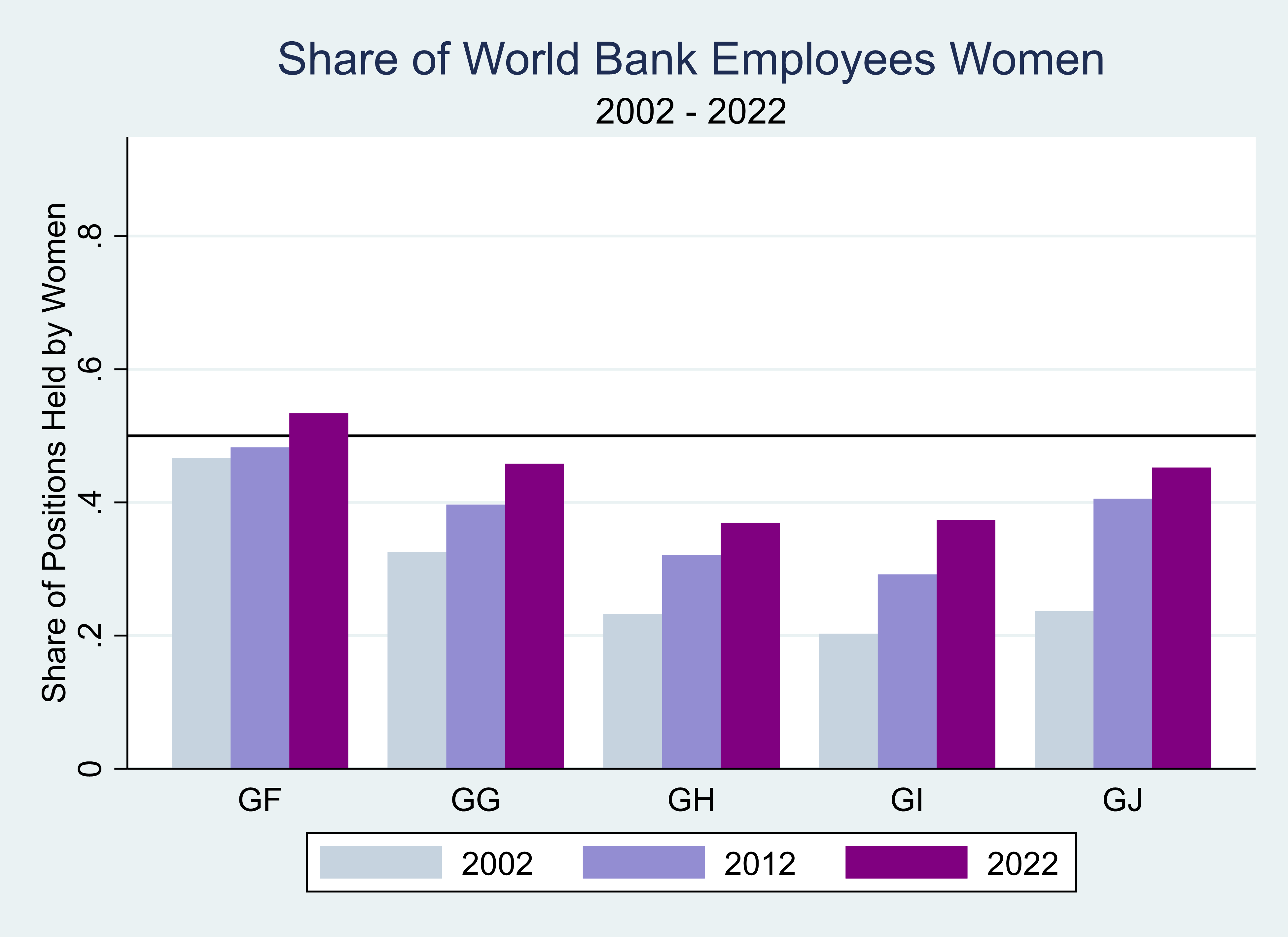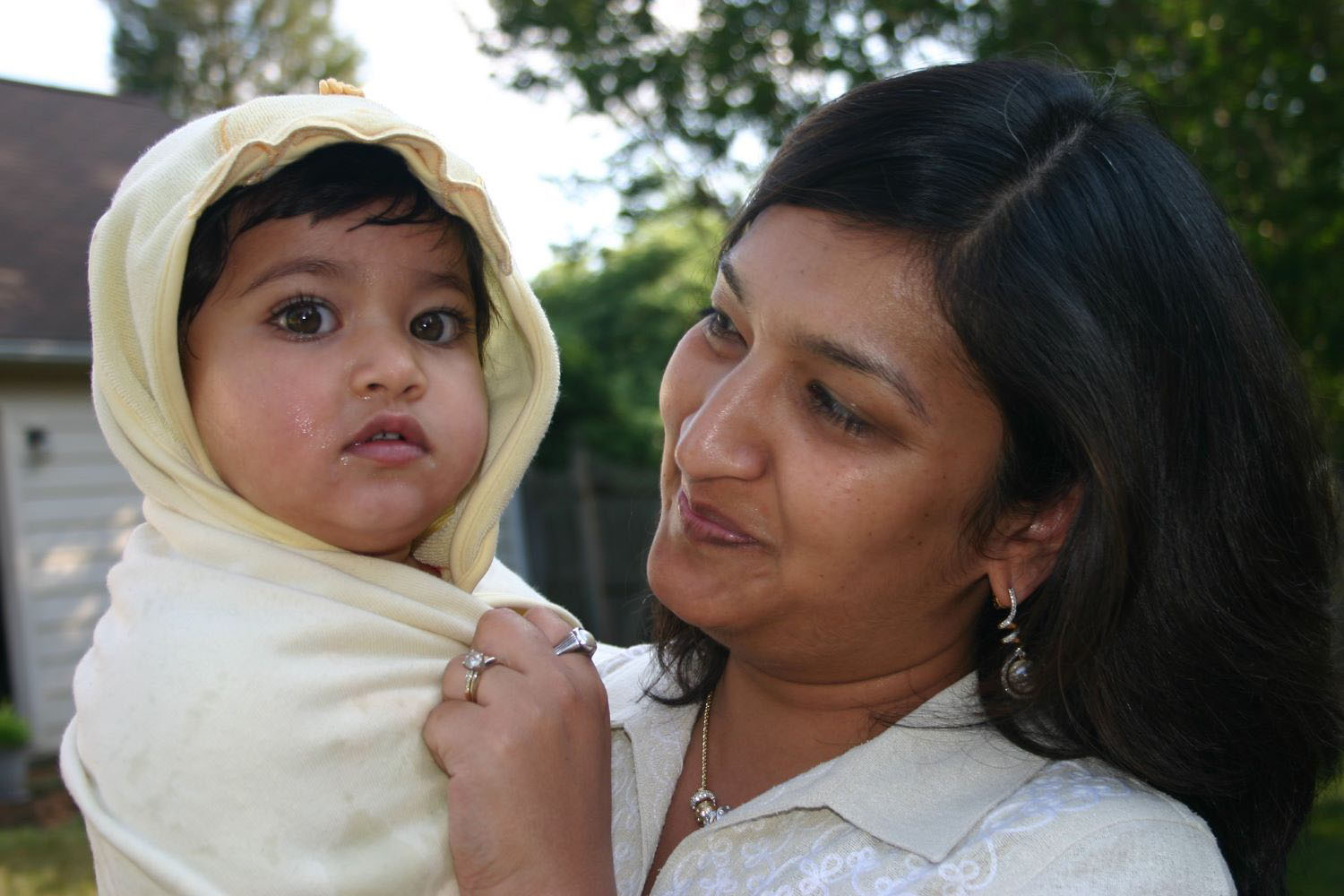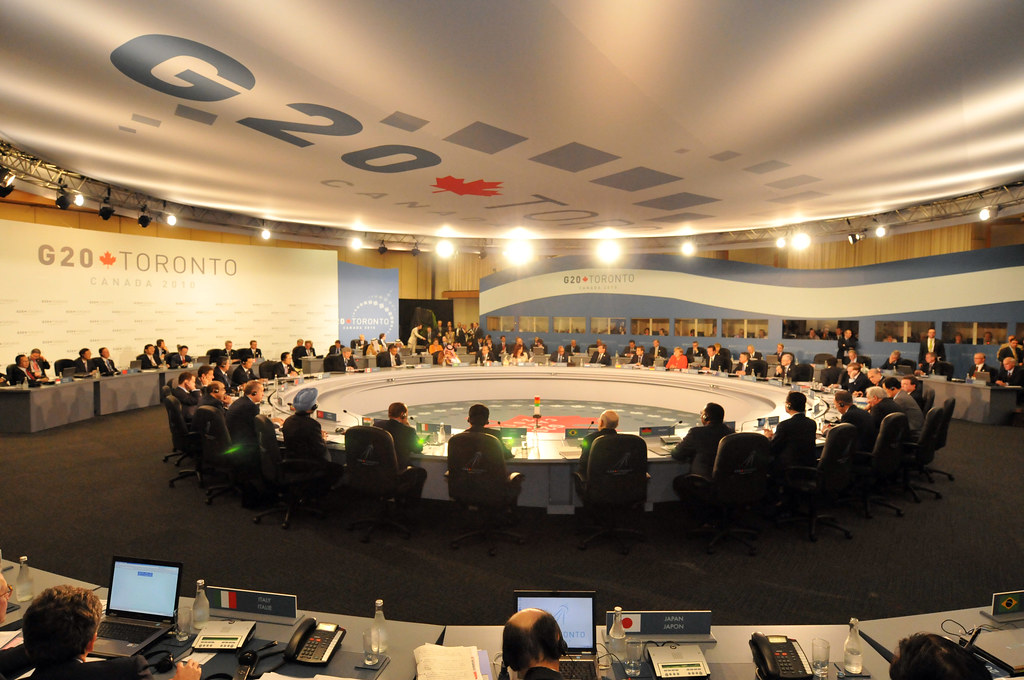Recommended
Diversity and inclusion improve the quality, relevance, and credibility of development policy. International financial institutions (IFIs) recognize that gender equality in leadership results in better policy making, with all IFIs establishing DEI offices and releasing DEI reports that emphasize the importance of diversity. Yet, most IFIs have little representation of women in their leadership: we find that women only hold about a third of senior management positions across all IFIs. The CGD gender program is working to understand the trends, trajectories, and bottlenecks in expanding women’s leadership at the major IFIs. In our research, one such IFI, the European Investment Bank (EIB) stood out for the measurable progress it has made towards greater representation in senior management positions. The EIB is the lending arm of the European Union, focusing on EU countries while also providing financial support to non-EU countries. Earlier this summer, we spoke with Úna Clifford, who was then the diversity, equity, and inclusion (DEI) lead at EIB. Here is what she told us about EIB’s road to achieving and enabling gender equality.
Story in statistics
In 2012, only 20 percent of EIB’s management were women; since then, the bank has made gradual progress towards a more equitable composition of its management and senior leadership committees. Today, a third of the EIB’s management committee and nearly half of its board of directors are women. The share of women in senior management stands at 35 percent (Figure 1), and at the close of 2022, the women made up 33 percent of middle and senior management combined (Figure 2). EIB Secretary General Barbara Balke has spoken of the bank’s “ambition to reach full gender equality” and has stated that the bank is “addressing this by tackling gender parity at our highest levels of management and maintaining equal pay across the organisation.”
Figure 1.
Figure 2.
The EIB’s gains in gender equity among management was not without challenges. The number of total staff increased exponentially from 2016 to 2019 with the launch of the European Fund for Strategic Investments (EFSI). Úna Clifford explained that the growth in entry level positions associated with hiring for the new EFSI appears to have led to stagnation in progress towards greater representation. Another challenge was attracting talent to Luxembourg which, until recently, offered few job options for accompanying partners who were not employed in the financial sector. Moreover, the EIB’s introduction of its gender parity targets coincided with a period stagnating recruitment, leaving promotions as the primary avenue for reducing the gender gap.
Importance of targets and quotas
EIB is working to mainstream gender and DEI considerations throughout the organisation and in new human resources policies and practices. At the hiring stages, recruitment efforts aim to ensure a more diverse pool of applicants and job descriptions are screened for gendered language to promote a gender-balanced long and short-lists of prospective employees. EIB provides unconscious bias training and more recently, inclusive leadership training to all managers, in an effort to prevent bias in decision-making and access to opportunities for inclusive growth. Over 95 percent of managers have participated in training to date.
EIB has also developed multiple strategic partnerships, including with WhereWomenWork, a women’s networking platform that showcases women who work at EIB (among other organization), and Catalyst, a nonprofit focused on workplace inclusion, which offers a range of learning and development opportunities in gender equity to the EIB staff. In 2019, the EIB Group became the first multilateral development bank to endorse the global 2X Challenge criteria, which encourage investments in the private sector in developing country markets that provide women with improved access to organisational support, mentorship, and leadership. The EIB was also awarded the EDGE (Economic Dividends for Gender Equality) Assess certification for the first time in 2020 and was later promoted to EDGEplus and EDGE Move in 2022, in recognition of the bank’s commitment to gender and adoption of an intersectional lens in its DEI initiatives.
Innovative interventions
EIB has a range of interventions that assist in promoting psychological safety and sense of belonging for its employees. A strong gender-focused employee resource group called ConnectedWoMen formed in 2014 and now has over 800 members across genders. It is a committed network that works to underpin institutional and operational objectives whilst providing opportunities for women to connect with and support each other.
EIB updated its breastfeeding policies in 2022, improving its onsite breastfeeding facilities and allowing women to receive time compensation for breastfeeding without a cut-off based on the age of the child. The bank has also encouraged the formation of various communities to accommodate diverse experiences, such as the Menopause Community, where women can speak openly about shared experiences and managers are provided institutional guidelines to create a supportive work environment. This encourages an inclusive and safe space for women between the ages of 40-55 years, who make up 32 percent of EIB’s total population. There is also a newly launched community of women in middle management working to underpin the EIB Group’s institutional objectives on gender balance as well as to support incoming managers and provide peer support opportunities for promotion to senior management.
Learning from EIB’s experience
Our conversation with Úna Clifford about EIB’s evolution over the years has added nuance to our research on decoding the factors that accelerate or inhibit women’s progression to leadership positions. It is imperative to identify what worked, and more importantly, what did not work, to enable a work environment where women feel equally encouraged and empowered to rise through the ranks. Stay tuned as we analyse the data on gender-disaggregated employee counts across several IFIs and identify patterns that could explain why only two out of nine IFIs have ever been led by a woman.
At this year’s Birdsall House Conference on Women in November, we’ll highlight our findings on the trends, drivers, and barriers surrounding women’s leadership at IFIs. Watch this space for registration details. In the meantime, be sure to listen to a recent discussion on the CGD podcast with Francisco Ferreira of the London School of Economics and Amie Batson of WomenLift Health on elevating women and people of color to IFI leadership.
Disclaimer
CGD blog posts reflect the views of the authors, drawing on prior research and experience in their areas of expertise. CGD is a nonpartisan, independent organization and does not take institutional positions.
Image credit for social media/web: Hope / Adobe Stock






